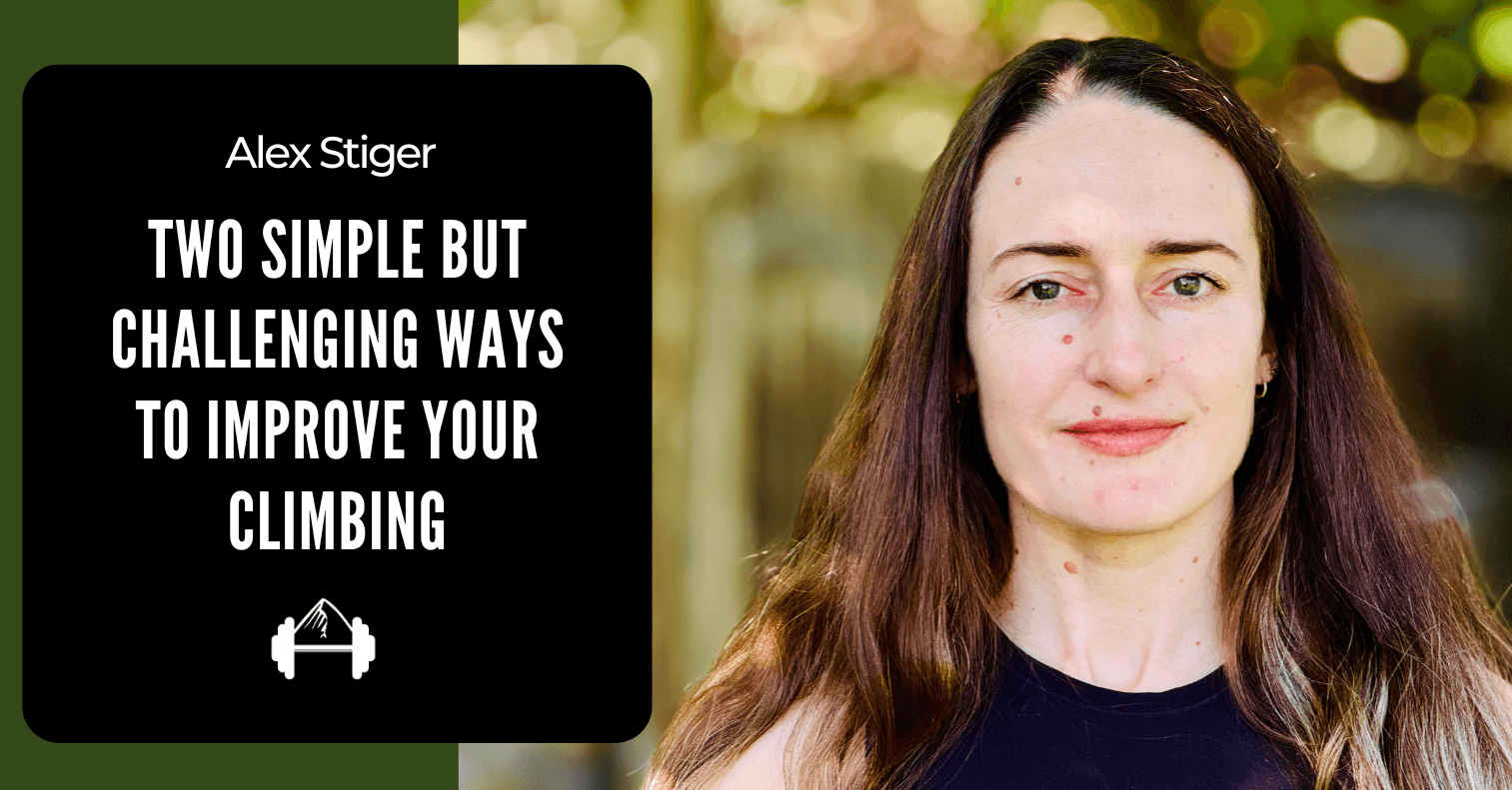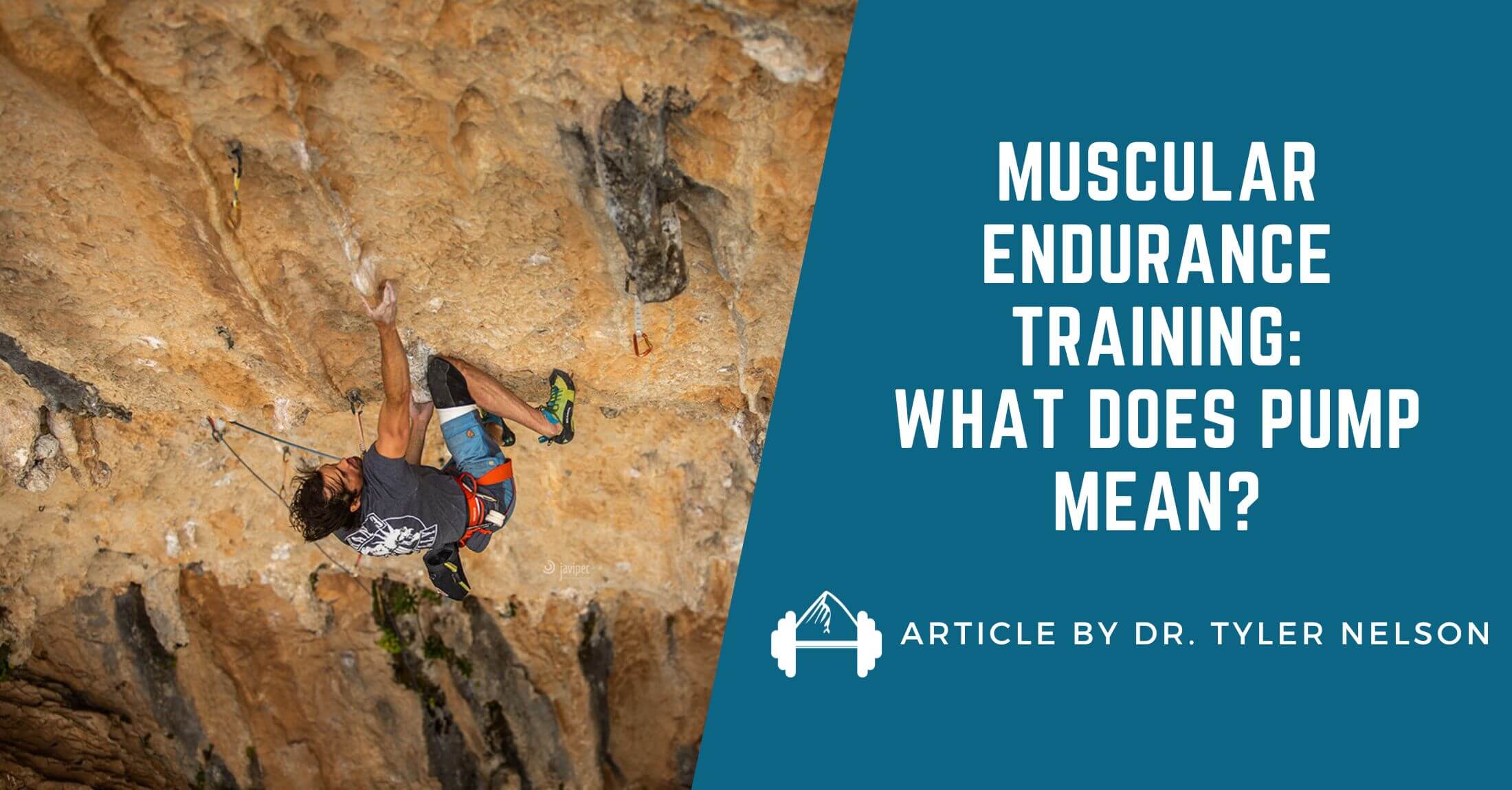If you look at professional athletes in main stream sports, most are consistently receiving body work to help them recover from their training and get ready for their next game. As climbers, we put a lot of wear and tear on our bodies and being able to consistently receive massages to aid our recovery would be seriously beneficial. Unfortunately, scheduling several body work session a week is prohibitively expensive. However, this is where self myofascial release or self massage using a foam roller or lacrosse ball comes in.
To help explain exactly what self myofascial release is and outline exactly how climbers can incorporate it into their training, here’s an article by professional climber and chiropractor Natasha Barnes in which describes the potential benefits of these self-care treatments and then demonstrates exactly how to preform them on the body parts that are most specific to climbing.
“Self myofascial release is performed by an individual on themselves rather than by a practitioner using a foam roller, lacrosse ball, tennis ball, or pinky ball. Foam rolling is the most popular form of self-myofascial release.” – Natasha Barnes
Self Myofascial Release Areas Covered:
In her article, Natasha takes you through what she feels is an ideal myofasical release program for climbers. Each body part she covers is accompanied by detailed how to instructions and photos to make it easy to understand and perform yourself. The specific body parts Natasha demonstrates self myofascial release for are:
- Upper traps
- Levator scapulae
- Teres major
- Rhomboids
- Thoracic paraspinal muscles
- Pec major/Pec minor
- Lats
- Forearms
While she is careful to point out these body areas are not the only ones that can be treated with self myofascial release, she covers these ones specifically because she feels that effectively treating them will offer the most benefits for climbers.
Duration and Frequency for Self Myofasical Release:
Ultimately, Natasha recommends that you preform these rolls daily for them to be most effective. However, while this may seem like a big commitment in terms of frequency, they do not need to be done for a long period of time to be effective. Natasha recommends spending a total of 15 minutes a day covering all of the above areas.
Click through below to learn more about how to help your recovery process by adding self myofascial release into your routine. While treating yourself with this kind of self care may not directly make you stronger, it can have so serious benefits in keeping you injury free and recovered for your next training session.
Full Article: Self Myofascial Release with Natasha Barnes (link no longer exists)
(photo courtesy of natashabarnesclimbing.com)
Other Articles You Might Like:
- Foam Rolling for Climbers
- Evening Sends – 5 Recovery Tools Every Climber Should Have
- Effective Rotator Cuff Exercises
- Why Do I Suck At Climbing Some Days?!? Part 2: Readiness Monitoring






Leave A Comment